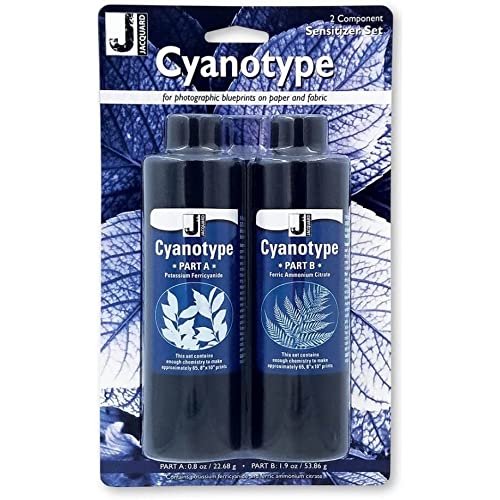
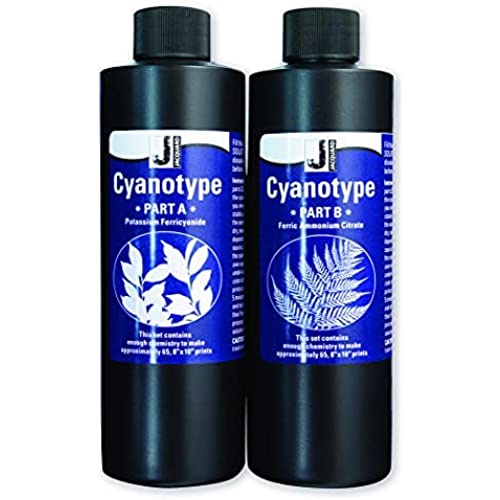
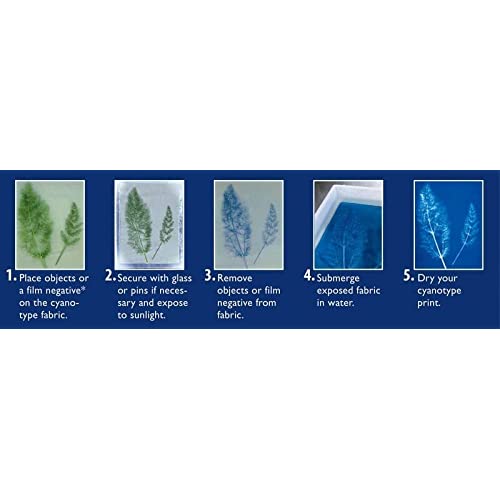
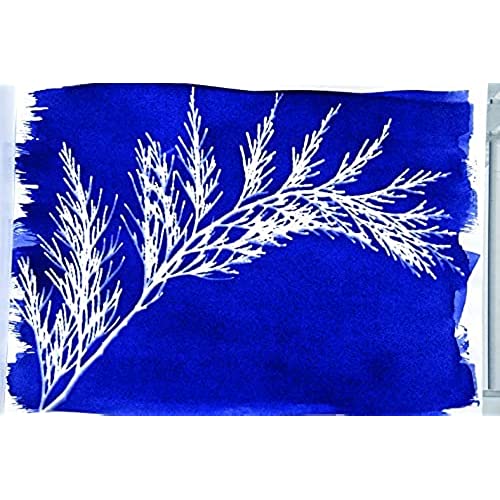

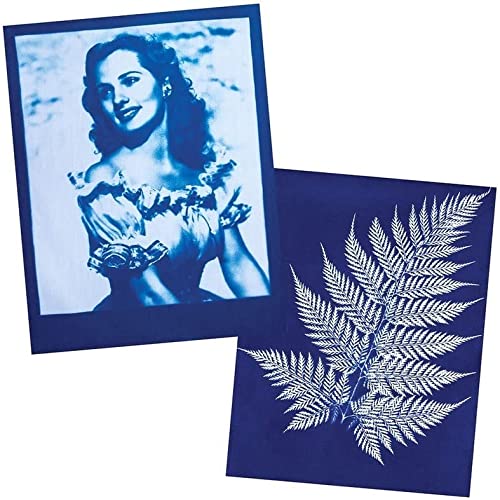








Jacquard Cyanotype Sensitizer Set
-

alexis borrero
> 3 dayEasy to use and the price was great
-

Rachel
> 3 dayEasy to use and beautiful color. Highly recommend!
-

NaT
> 3 dayVery easy to use: mix equal parts of each bottle and brush on the paper. I did a few prints with these and they came out as expected.
-

Wilburn Orn
> 3 dayWorks great. Had some user error getting used to the process
-

grover walthew
> 3 dayWorks like its supposed to.
-

Joellen Conway
> 3 dayWork prefect and last forever!
-

Eddie Schaden
> 3 dayThis is my favorite cyanotype kit! The blue works great and it is beautiful! Very happy with this product!
-

Roman Pravuk
> 3 dayDon’t spend your time and money on it. heterogeneous yelow think will newer get you the real cyanotype. Just buy stock liquide cyanotype.
-

Lilly
> 3 dayJust as pictured. I mixed the solutions w water a few weeks before use and it still worked great. Gonna definitely buy again
-

April SIngewald
Greater than one weekWorked just as described. Easy to mix solutions and it says the shelf life is long for them. Combine only the amount you will use for brushing on the paper. I mixed about 4 Tbsp of each solution together and was able to get around 10-12 9x12 papers coated. Used watercolor paper and pressed flowers. Lots of fun to do with the family while on vacation.
